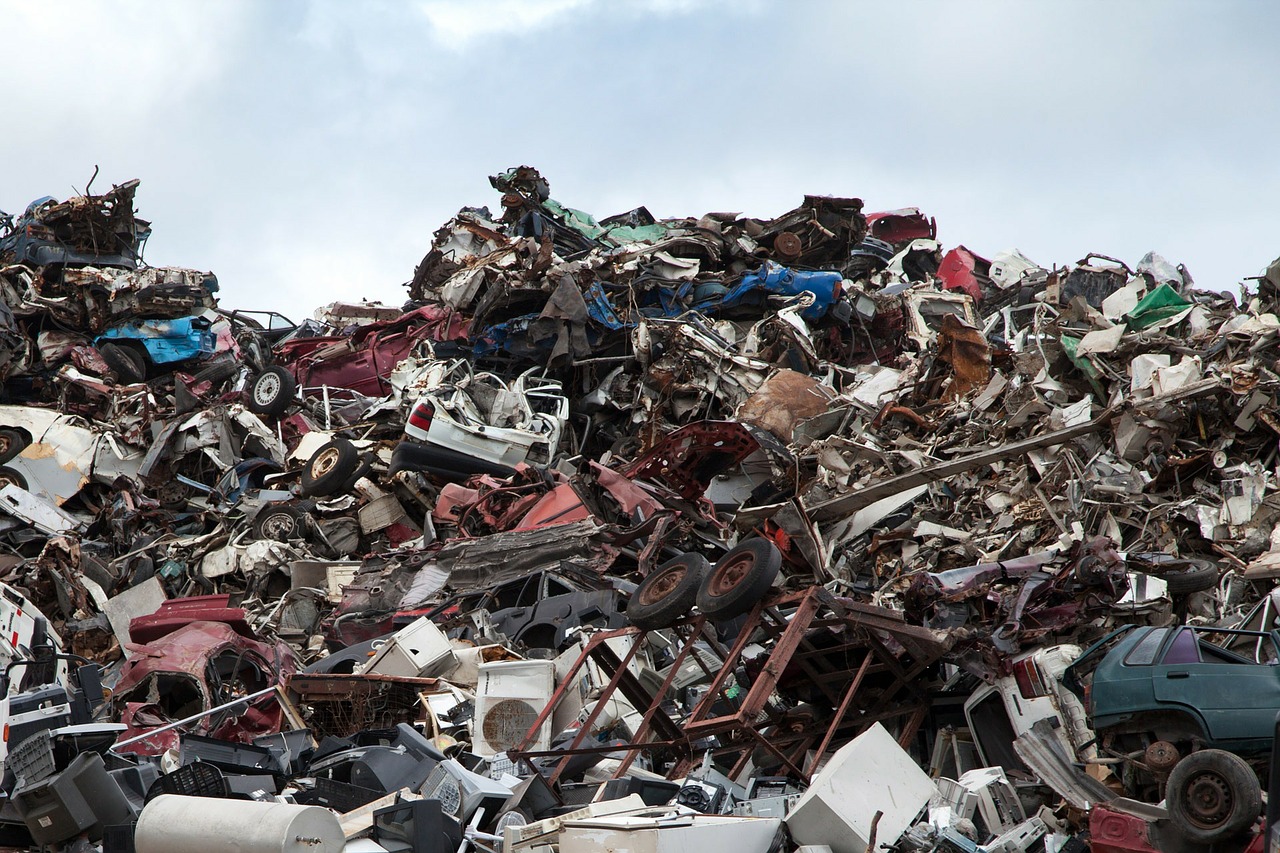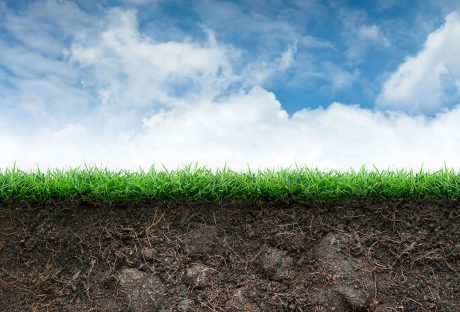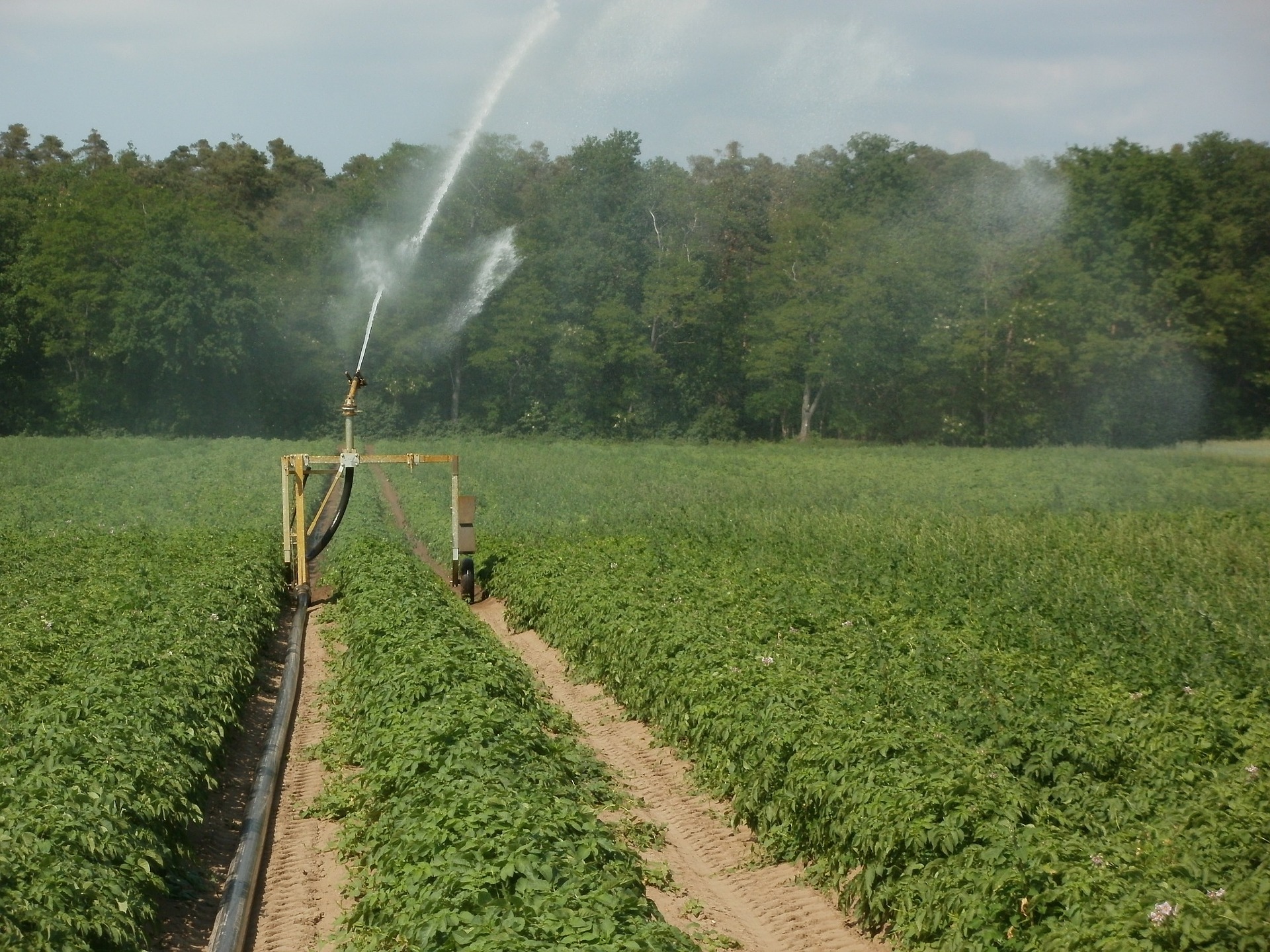Upcycling is the act of turning something destined for the rubbish into a useful item for your home. While some things will need to be tossed because they’re beyond help, there are a variety of items you might think are just plain trash, but that could actually be repurposed into something beautiful and functional. If you love DIY projects or simply want to do your part to keep the landfills from getting too full, consider the following upcycling ideas then, let Clearabee help you get rid of the rest.
Contents
Upcycling Furniture:
Furniture can be hard to part with, even if it is old and worn out but, with a little bit of tender loving care, you can upcycle certain pieces into a brand new item that you’ll love just as much. For example, consider painting an old sewing table and transforming it into a mini cocktail table for your next party. You can upcycle old headboards into wall hangings with hooks for your entrance hall or bedrooms. Remove the doors from an unused entertainment centre and you have a handy catch-all for your laundry room or your children’s playroom. While rubbish removal can be quite handy for items that have outlived their usage, think about what each item could become before you dump it.
Upcycling Garden Items:
Your garden is a reflection of your home and as such, you have a lot of freedom for turning it into your very own space. Items you might be thinking about getting rid of are perfect for the adding your own personal touches. Use old rain boots to create colourful and portable planters for flowers and vegetables. Paint wooden spoons and bury them in your vegetable patch with painted letters telling you what each plant is. Use tyres, old buckets, old wheelbarrows, or even small boats to create one of a kind flower beds that set your garden apart from the rest. You can even use old shovels and rakes to make unique sculptures to adorn your outdoor space.
Upcycling Clothes:
Many out of date articles of clothing can be remade into something trendy and fashionable, saving you money and keeping you from having to spend a lot of money on rubbish removal. If you have a garment with a small hole or stain, cut a fun shape into the item, such as a moon or star, then sew some lace into the hole, creating a new article of clothing. Cut the legs off a pair of jeans, sew the bottom shut and you have a purse. Use part of the legs to make a strap, then decorate with patches or buttons. Use patterns to make children’s clothing out of larger adult clothing.
Upcycling Building Scraps:
Instead of tossing building scraps, consider all the new ways they can be put to use. Add hooks to leftover chair rail or baseboards and you have a nifty way to hang backpacks or jackets in your hall or porch. Paint scrap wood and use it create a mosaic to hang on the wall. Cinder blocks can be spray painted and turned into beautiful planters for flowers in your garden. Oddly shaped pieces of wood can be sanded, stained, and turned into one of a kind coffee or end tables.
Sometimes rubbish removal is the only answer, but often you can use worn out or seemingly useless items to make something brand new. It’s fun and it’s good for the environment and many things require minimal DIY skills.
Read Also:























